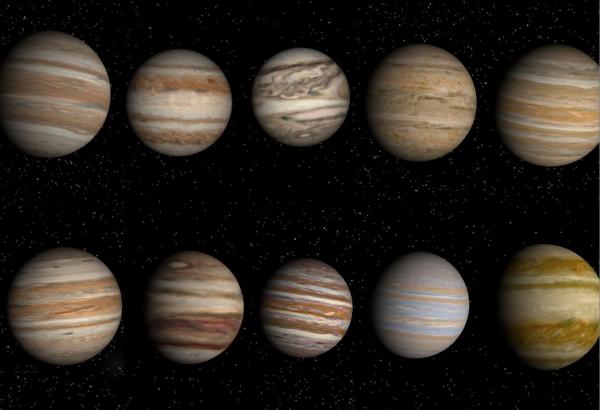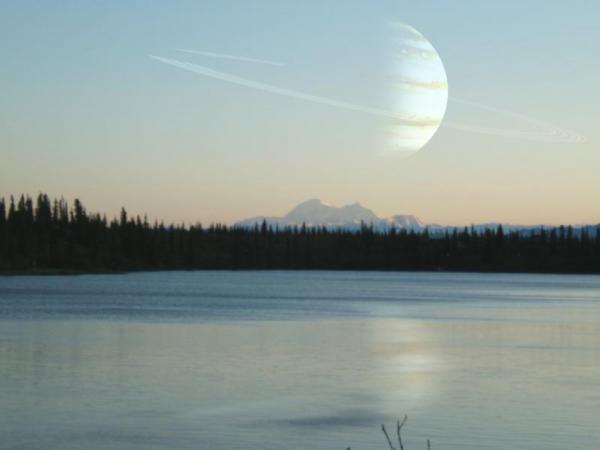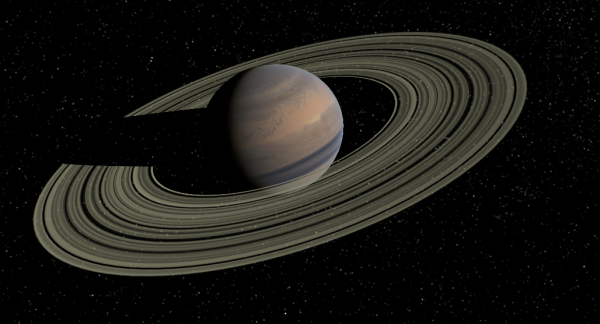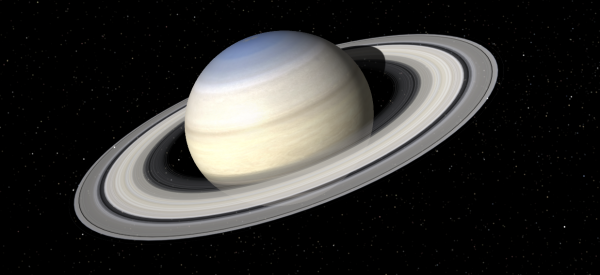BY LETTER
Gas Giant
 Image from Steve Bowers |
Also known as Jovian Class. Gas Giants can be classified by mass, into MicroJovian, SubJovian, MesoJovian, and SuperJovian types; they can also be classified by temperature, into HyperthermalJovian, EpistellarJovian, HydroJovian, EuJovian and CryoJovian types. A particular gas giant can be classified using both criteria, for example CryoMesoJovian type or SubEuJovian type.
Oblateness
Gas giants often rotate very rapidly, and this rotation causes them to become oblate. The degree of oblateness is dependent on the both the speed of rotation and the surface gravity, so that the most oblate gas giants are those with relatively low gravity and fast rotation.Size
 Image from Steve Bowers | |
| Behemoth, a Hyperthermal Jovian, compared in size to Jupiter. | |
Rings
Most gas giants have some sort of ring system, although in many cases these rings are almost invisible. Some giants have spectacular rings, often striated due to tidal interactions with the moons of that world. Image from Steve Bowers | |
| Menexenos in the Socrates 471 system | |
 Image from Todd Drashner and Steve Bowers | |
| Canaria in the Guanche system | |
 Image from Steve Bowers | |
| Hibou in the Calyx system | |
 Image from John M. Dollan and Steve Bowers | |
| Hati in the Proxima System | |
 Image from Steve Bowers | |
| Franklin in the Beta Virginis system | |
 Image from Steve Bowers | |
| Saturn in the Solsys system | |
Related Articles
Appears in Topics
Development Notes
Text by M. Alan Kazlev
Additional material by Steve Bowers (2018)
Initially published on 09 December 2001.
Additional material by Steve Bowers (2018)
Initially published on 09 December 2001.






